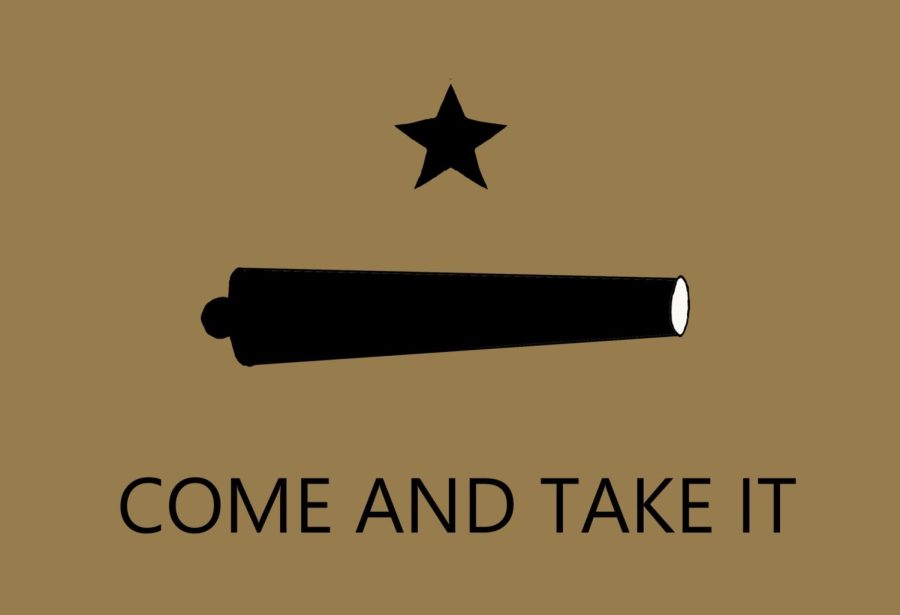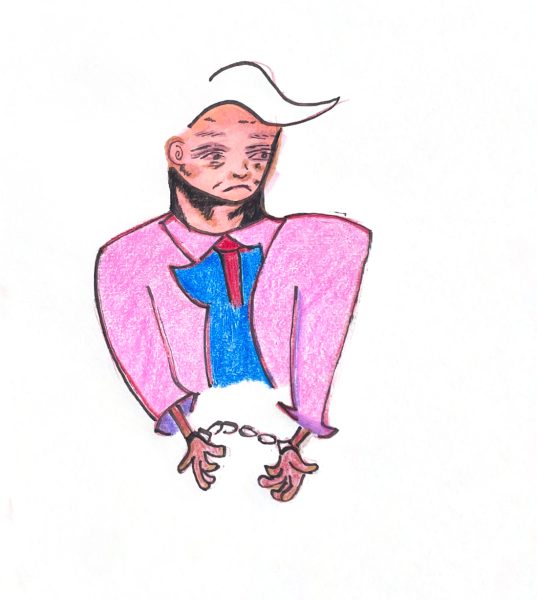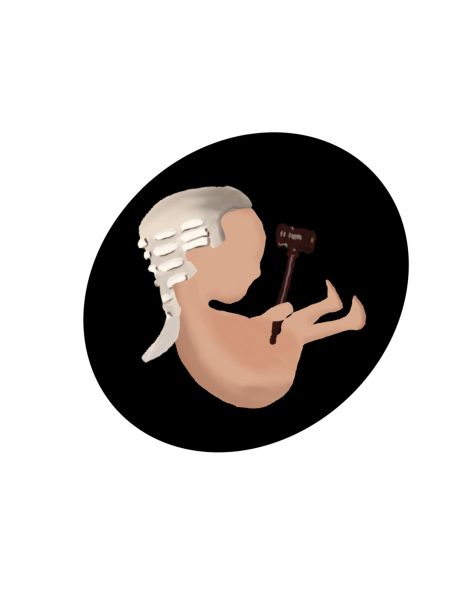UTSA is not committing to inclusivity
February 7, 2023
In September 2021, UTSA President Taylor Eighmy — unbeknownst to the UT System and against the wishes of a divided UTSA community — vowed to remove all uses of the “Come and Take It” slogan from across UTSA buildings and merchandise. Yet, in February 2023, the entrance to the Roadrunner Athletic Center of Excellence (RACE) building still brandishes the slogan. With this, the future is uncertain and the question remains: Why, after saying the sign would be removed, is the “Come and Take It” slogan still on full display?
This practice dates back to 2011 when UTSA’s newly-minted football program adopted the use of the slogan. At the time, and up to Eighmy’s decision to remove the slogan, a giant flag would be unfurled over the student section during the fourth quarter. The original flag has a star on top of a single cannon above the phrase “Come and Take It.” UTSA’s version replaces the cannon with that of a roadrunner’s head.
Of course, there is a process for things like this; they do not just disappear overnight. But from the beginning, UTSA chose not to submit to that process. So what precedence does that set? Despite initially seeking dialogue and transparency — a task force was set up to explore some of the questions — all of that was shattered when President Eighmy decided against the task force’s formation. Less than a month after initially agreeing on the group’s formation, Eighmy announced there would be no dialogue, and the slogan would be removed.
It is 2023, and the sign is still up. The fact that it remains on full display raises questions about the validity of the word of UTSA’s President and what exactly UTSA chooses to uplift. What does its display communicate to new recruits on signing day? What about those who signed a petition for its removal? What would they say when they realize the RACE building is going against the president’s word? And why would UTSA still choose to display something that is rooted so profoundly in violent rhetoric?
There was backlash from the UT System and the UTSA community, but there was also support for the decision. While the tradition during the football games is no more, UTSA still cannot seem to let go of its big shiny sign. In an article from UTSA Today, Eighmy described the reasons why the tradition at the football games was dissolved, citing recent uses of the phrase “has become increasingly affiliated with cultural and political issues beyond its traditional historical context.” Furthermore, he describes that “Many of these organizations have values and agendas that differ significantly from ours and our clear focus on excellence in intercollegiate athletics and higher education.”
Later in the piece, Eighmy describes that the slogan and tradition do not align with UTSA Athletics or the institution’s mission and core values. Were those not considered when the tradition was first thought of?
When you think of the slogan, you automatically think of football and not the whole of UTSA Athletics — who is waving this flag at a tennis match? Yes, UTSA football is successful. But it is not the only thing that makes this university great.
A tradition should encapsulate a common throughline for all athletes and represent a united effort of teamwork and trust. Dare I say it should be inclusive, too? A tradition should represent the whole of a student body. For example, the wall behind the sign is painted with all types of athletes — highlight those people. Or, build around the 210 Triangle of Toughness. That is a brilliant concept; use that to inspire fans and players in the fourth quarter.
Symbols and icons are powerful tools — they can evoke many things. It is time that UTSA invests in a tradition that lives on in the annals of campus history; however, with the “Come and Take It” sign still on display, UTSA is not committing to inclusivity.













